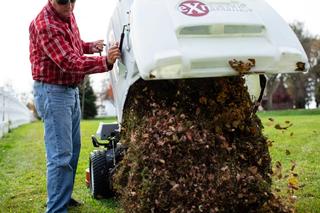How To Protect Yourself and Your Animals from Ticks
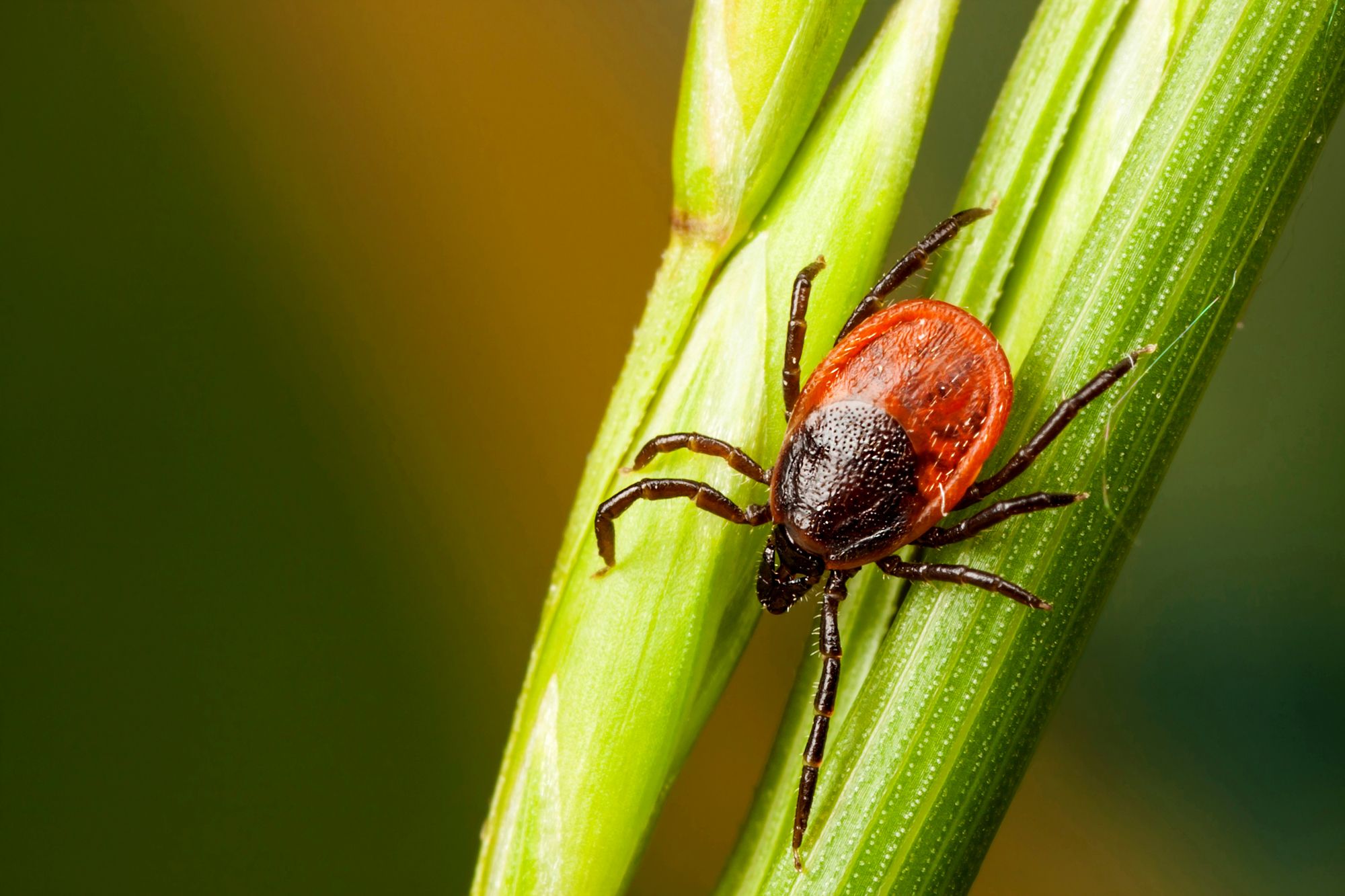

Ticks are tiny, blood-sucking parasites that can carry dangerous diseases. They are found throughout the U.S., and can be a significant threat to human and animal health. There are several common species of ticks found in the U.S., and can carry diseases such as Lyme disease and Rocky Mountain spotted fever. Fortunately, there are effective measures for tick control.

Types of ticks and tick-borne diseases
The black-legged tick is responsible for transmitting Lyme disease, which is the most commonly reported vector-borne disease in the U.S. Lyme disease is caused by the bacteria Borrelia burgdorferi. Symptoms of Lyme disease can include a rash, fever, headache, and fatigue. If left untreated, Lyme disease can lead to more severe complications, including joint pain and neurological problems.
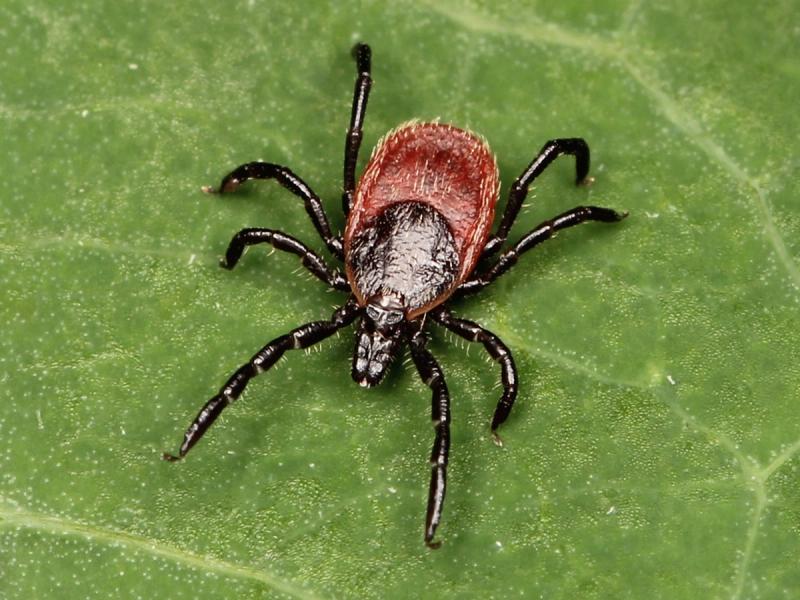
The Lone Star tick is known to transmit several diseases, including ehrlichiosis, tularemia, and the Heartland virus.
The American dog tick can transmit Rocky Mountain spotted fever, a potentially fatal disease. Symptoms of these diseases can include fever, headache, muscle aches, and a rash.
In some cases, tick-borne diseases can be fatal, making tick control an essential aspect of outdoor safety.
Avoiding exposure to ticks
The best way to avoid exposure to ticks is to take preventative measures. If you plan to spend time outdoors in a wooded or grassy area, wear a long-sleeved shirt, long pants, and closed-toe shoes. Tuck your pants into your socks to prevent ticks from crawling up your legs.
Use EPA- registered insect repellent containing DEET, picaridin, or oil of lemon eucalyptus on all exposed skin and reapply as directed to maintain maximum repellency.
For an added layer of protection, also pretreat your outer wear (shirts, pants, socks, and shoes) with clothing and gear insect repellents such as Summit Green Armor Insect Repellent.
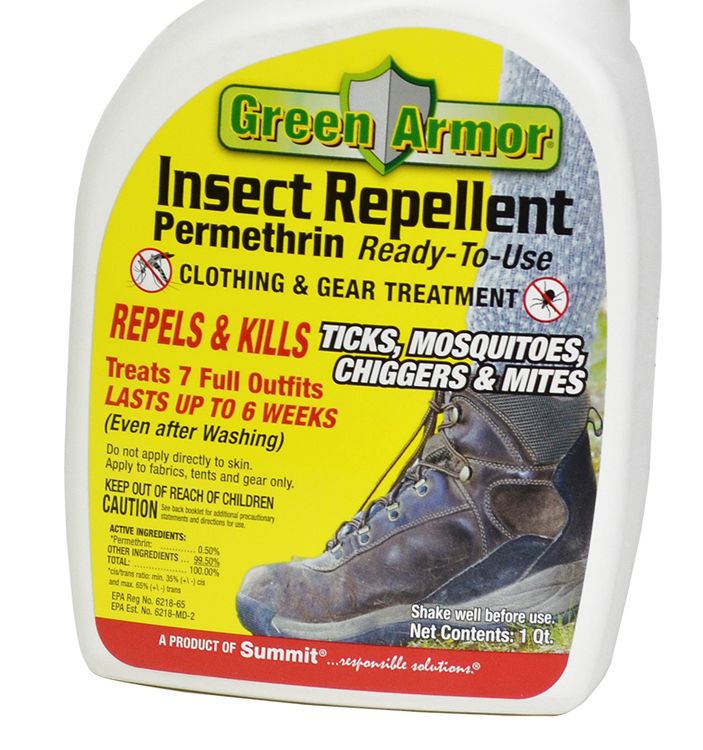
This product kills and repels ticks, mosquitoes and other pests that contact clothing and gear, and it's recommended for all outdoor activities such as gardening, hiking, camping, and hunting.
This is very economical protection, because a one-quart spray bottle treats seven full outfits of clothing and lasts up to 6 weeks—even after washing.
This permethrin-based spray can also be used to add an odorless layer of protection on tents, mosquito netting, canopies, backpacks, and sleeping bags. ground cloths, camping chairs, and hammocks.
Removing ticks
When you return from an outdoor excursion, carefully inspect your body for ticks. Check your scalp, neck, armpits, and groin for any signs of ticks. Ticks are small, so be sure to look closely. If you find a tick, remove it promptly to reduce the risk of disease transmission.
To remove a tick, use fine-tipped tweezers to grasp the tick as close to the skin's surface as possible. Pull upward with steady, even pressure, being careful not to twist or crush the tick. A handy tool called a Tick-Take Removal Spoon can also be used to remove ticks.
Once the tick is removed, clean the bite area with rubbing alcohol or soap and water.
It's essential to remove ticks as soon as possible to reduce the risk of disease transmission. If you develop a fever, rash, or other symptoms after being bitten by a tick, seek medical attention promptly.
Killing ticks with the right products
Ticks are not insects but are actually parasitic arachnids, so not all outdoor insecticides are effective at controlling ticks. To control ticks outdoors, look for insecticide containing either permethrin or bifenthrin, such as Summit Tick and Flea Spray. This permethrin-based product kills ticks and lasts up to 4 weeks.
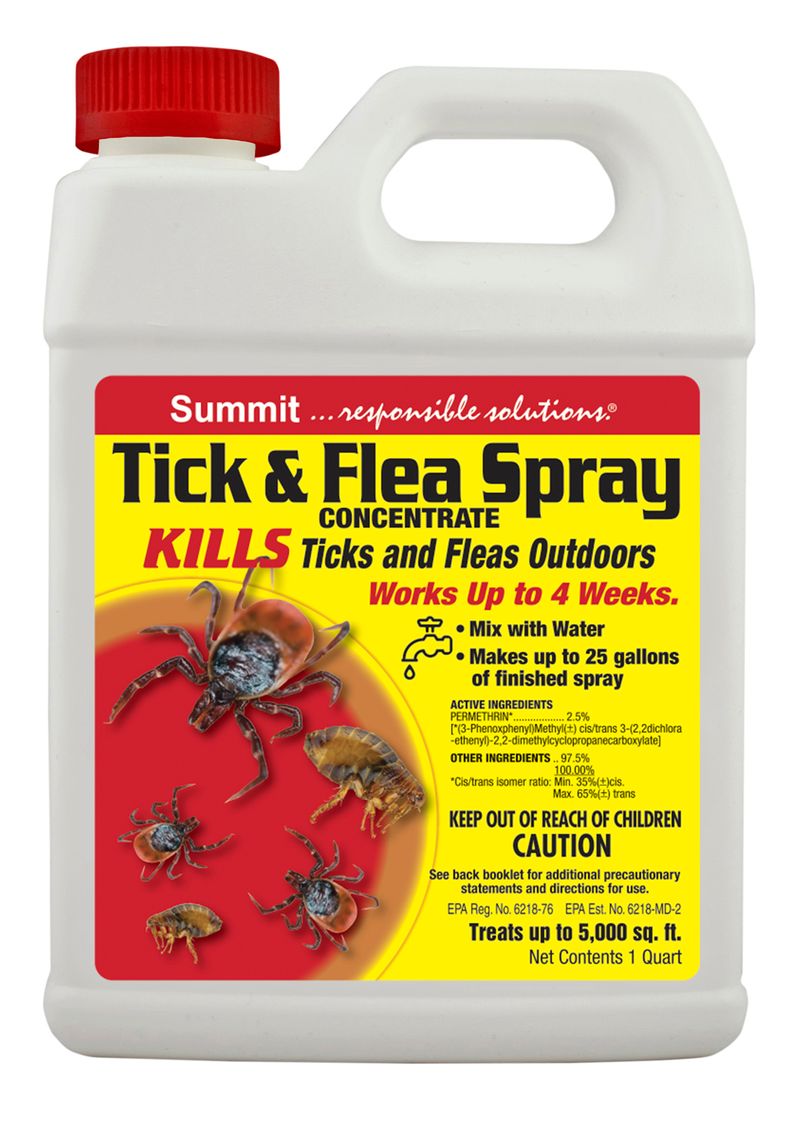
Check with your local extension service to determine the optimal time to treat your yard.
Spray around the perimeter of lawns, under porches, and in grassy or busy areas near the house and pathways. Spray shrubbery up to a height of 2-3 feet. You can also reduce tick populations in your yard by keeping grass mowed and removing leaf litter and debris
Tags:Seasonal Living

Acreage Life is part of the Catalyst Communications Network publication family.












